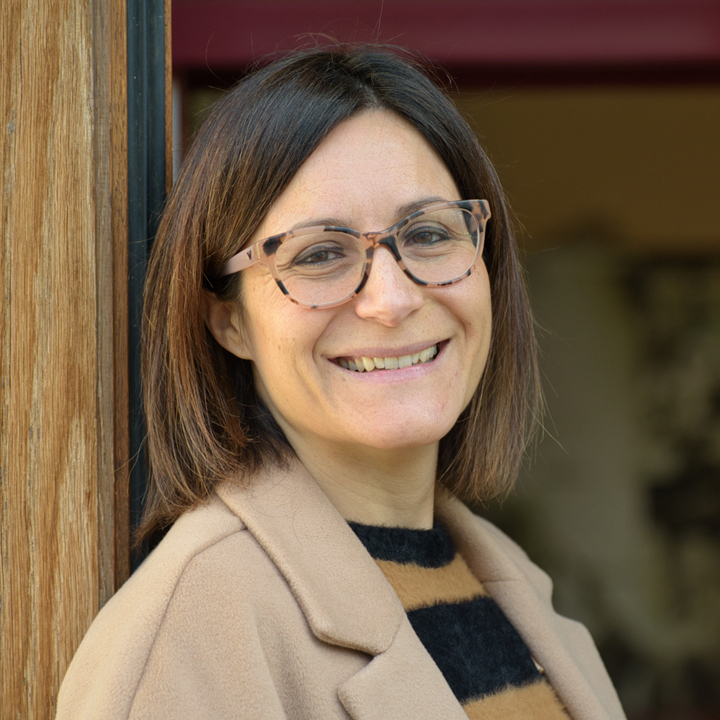Tours
Civita Castellana
The tour starts at the Archaeological Museum of the Agro Falisco, where we will admire pottery from the Faliscan period and begin our journey into the history of ceramics, starting from its ancient origins.
Walking through the streets of the town, visitors realise that ceramics are everywhere: on street corners, on the façades of buildings and in town squares. Many works of art created by Civitan artists now embellish the town.
Ceramic production requires hard work, research and passion. The tour will take this into account by visiting the historical places linked to the history of our ceramic production and by telling the stories of the people behind this tradition, along with other anecdotes and interesting facts.
Finally, we will visit the Casimiro Marcantoni Ceramics Museum, which documents ceramic activity, from the craftsmanship of the early 19th century to the mass production of the 1960s. Labour history, art and ceramic techniques come together in this exhibition space that encompasses two centuries of ceramic history and thus leads us up to the present day.
Museum
Private Collections
Ceramics throughout the City
Guided Tours
Tours by
SILVIA MENICHELLI
Tour Guide
Guided tour booking and information:
Tel. +39 339 7731426

Laboratories and Art Studios
The great tradition of artistic ceramics truly forms an uninterrupted part of this town’s history. A visit to the workshop of Vincenzo Dobboloni, AKA Maestro Cencio, heir to the town’s great tradition, is a must for any visitor. A large Falisco-style panel (480 x 280 centimetres) made of hand-decorated red clay slabs and placed on the entrance façade, welcomes the visitor and introduces them to a journey through the history of ceramics.
In the workshop, is captivated by one the magic of this art and fascinated by the passion and wisdom that guide the craftsmen’s hands. Visitors can also admire the beauty of his creations.
However, ceramists are not just custodians of ancient knowledge, they are also innovators. From the historical centre of Civita Castellana to the other town centres found in the ceramics district, new product lines are designed and produced thanks to the encounter between ceramics and design.
